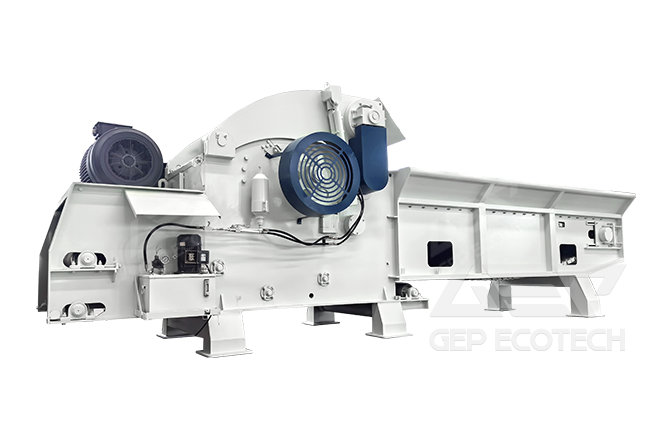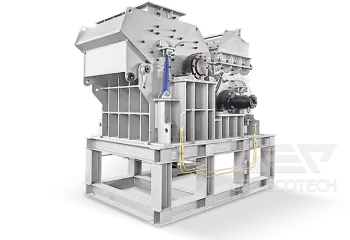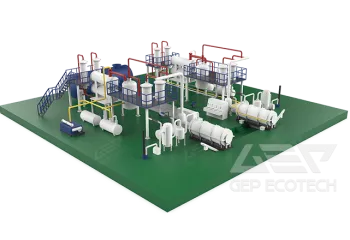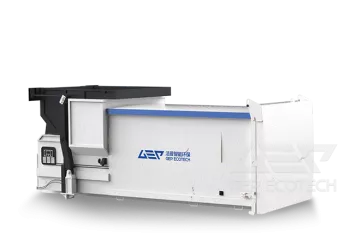Wastes from the construction and demolition (C&D) activities create substantial environmental impacts. These environmental impacts include high consumptionof energy, the generationof solid waste, pollution damages to the environmental such as sedimentation, soil erosion and flash flood, the increase in the emission of greenhouse gas (GHG) and resource depletion spanning the design, construction and operational phases of a project.
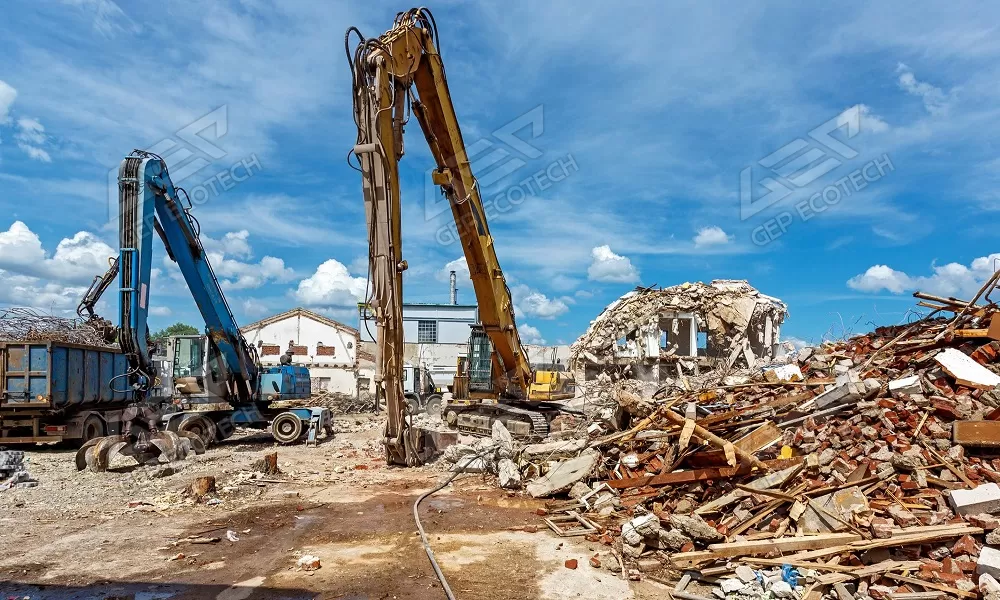
Equipment for Recycling C&D Waste
A wide variety of equipment is available to contractors, often through rental, to assist them in more efficiently recycling products on the jobsite. Contractors need to make the judgment early in the project whether the equipment cost and labor will pay off in reduced recycling or transportation costs. Heavy, bulk items such as concrete, masonry, asphalt, and wood and metal scraps are the best candidates for on-site processing, though the economics are not consistent from project to project. Where a concrete recycler is located relatively close to a project site, and has his own fl eet of trucks, it will likely work out much better for the contractor to negotiate with the recycler to pick up the bulk materials on the site rather than attempt to process them to save on transportation costs. In the case of a bulk aggregate buyer who is located some distance from the site and has no capability to mill masonry or concrete for his mix, the contractor may find it more advantageous to grind the material on-site to be able to recycle to a particular company and minimize hauling costs.
Shredding Equipment
Shredders are made up of a series of blunt blades or knives fixed in rows to a rotor that passes between slots in a fixed anvil, or between fixed blades on an opposing rotor. Waste (typically wood waste) is forced through the slots by the blades and is then torn or shredded into smaller pieces. The size of these pieces can be regulated by adjusting the gap between blades. Because shredders do not require cutting or pounding, less maintenance is needed.
Shredding equipment typically operates at lower speeds (less than 20 RPM) than conventional hogging equipment, relying on high torque ratios to provide reduction forces. Hydraulic systems can apply variable force with tremendous pull-through strength, making them appropriate for mixed feed materials. High-speed shredders function more like hammer mills used in secondary size reduction. The capacity of a shredder is primarily limited only by the low speed, physical size of the shredder, and the type of wood waste being processed. Most shredders are rated for capacities by their manufacturer and may be sized to meet any volume requirement.
Double-Shaft and Single-Shaft Shredder
Shredders are capable of handling almost any type of wood waste materials, including stumps and wood resulting from land clearing, prunings, pallets and crates, construction lumber trim, panel boards, demolition waste, and secondary wood waste. Shredders are also relatively unaffected by contaminants. Small rock and metal contaminants, plastic, glass, and other foreign materials will pass through the machine without causing major maintenance problems. Operators should note that shredding high-quality, clean wood waste will not maximize the market value of the recovered material because of the shape of the shredded, finished product.
Crushing Equipment
Crushing equipment encompasses a wide range of devices intended to render bulk materials (principally concrete, stone, or masonry) into smaller goods that are easier to store and transport, or that can be reprocessed into aggregate material suitable for an end market. The most common crushers are:
- Jaw Crushers: A compression type crusher used for initial crushing of larger material.
- Cone Crushers: A compression type crusher used for secondary crushing of material.
- Impactor Crushers: Horizontal impactor Crushers are typically a primary crusher, while vertical shaft impactor crushers are used for making sand and other finer materials. Impactor crushers use impact and shear to reduce material.
- Roll Crushers: Produces a more consistent product with fewer fines, and works well with nonabrasive materials.
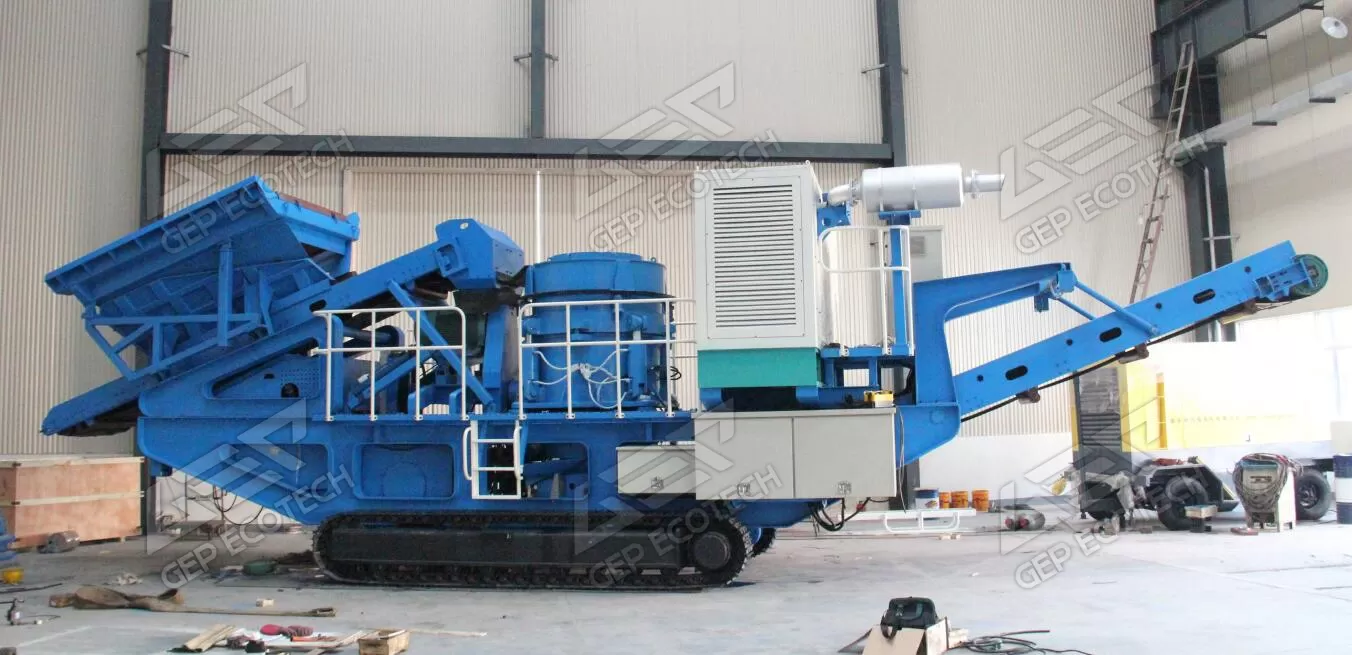
Construction site crushers mostly consist of track-mounted devices with attached conveyors that are hauled to the site and used to reprocess large amounts of bulk goods into manageable sizes. In the ideal case, the crusher conveyor deposits the processed material directly into a truck for hauling to the recycling center or end user.


